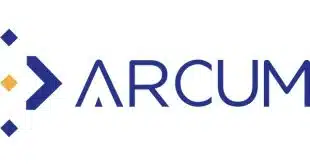Building on its strategy to enable application developers to connect to its platform faster, and in turn bring their applications to market faster, Dwolla Inc. is offering what it calls Drop-in Components. It’s a low-code programming option, so called because it allows developers to integrate Dwolla’s application programming interface using minimal lines of code.
Low-code platforms are designed to help businesses with little or no programming expertise to integrate an API without requiring the use of large amounts of programming to connect to the platform. Low-code programming is especially appealing to start-up companies that lack a full application-development team
Dwolla’s first release of it low-code solution contains five prebuilt drop-in components commonly used by developers integrating to its platform. As a result, developers can connect to Dwolla by copying minimal lines of code. Development time for low-code integrations can be seven days or less, compared to 60 days when using Dwolla’s API. With its low-code functionality, Des Moines, Iowa-based Dwolla now enables more than 4 million funding sources via The Clearing House Payments Co.’s RTP Network, for example.

“We created drop-ins because we saw a need to connect with [developers] that are less technical, but need to offer integrated payments as part of their solution,” says Skyler Nesheim, vice president of engineering for Dwolla. “The low-code concept speeds integration while lowering integration costs. It also makes it easier for startups to come to market quickly with an integrated payment experience.”
Building an application with integrated payments can take thousands of hours. Dwolla’s Drop-in Components direct user-sensitive information that must be provided to create an end user account to Dwolla, rather than integrating the business. A business can copy and paste a Drop-in Component to collect sensitive information about a user, such as her name, address, or government-issued identification. That information is then passed directly to Dwolla.
“Even when an API is used, integration is still complex,” Nesheim adds. “We work with a lot of fintechs that need complicated payment tooling. Our low-code option lets them develop an app that can connect to Dwolla faster. Drop-ins decrease the time needed to get value from the Dwolla platform as there is less focus on integration, without sacrificing functionality.”




